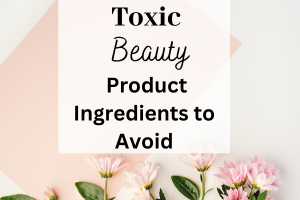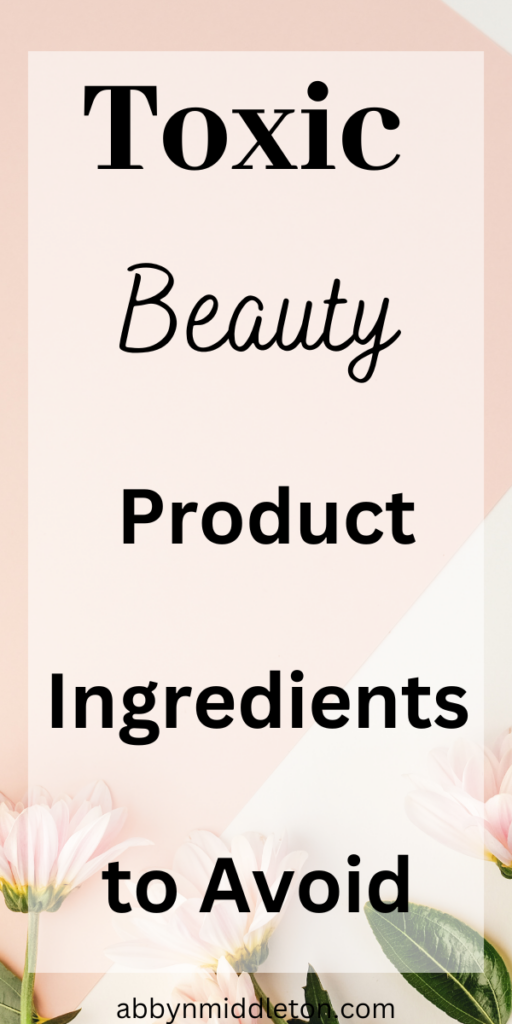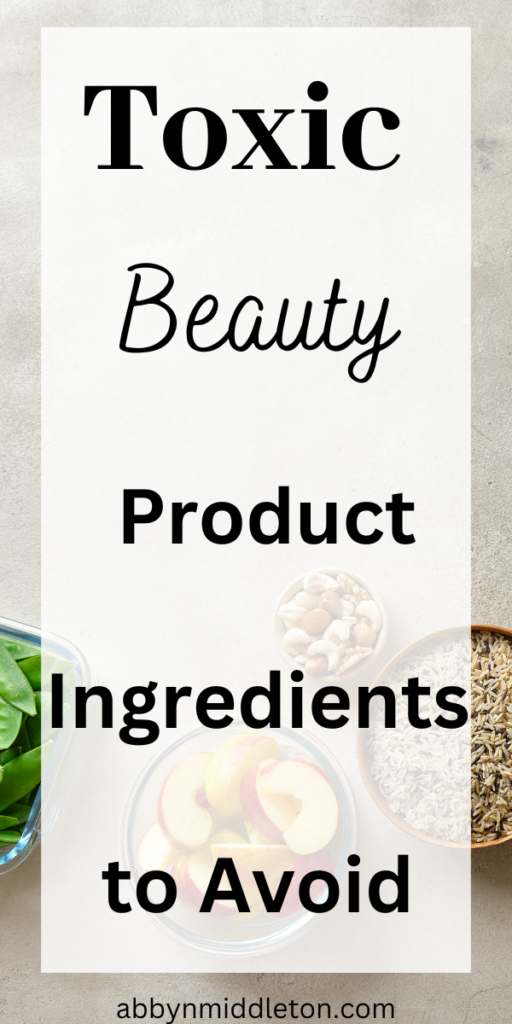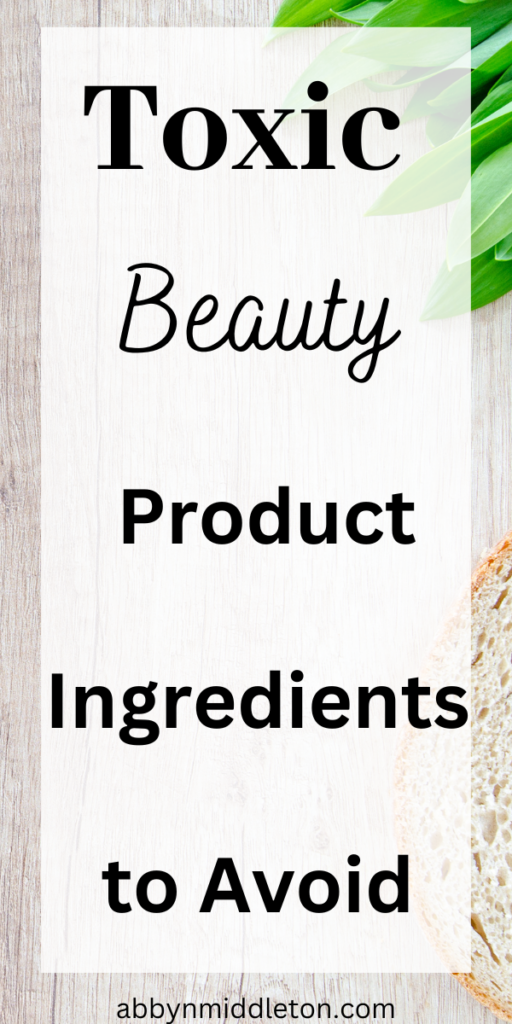Toxic Beauty Product Ingredients to Avoid
In recent years, there has been a growing concern about the safety of the ingredients found in beauty products. Many people are becoming more conscious of what they put on their skin, and for good reason. Some of the ingredients commonly found in beauty products can be harmful to our health. In this blog post, we’ll discuss the toxic truth about Toxic Beauty Product Ingredients to Avoid and provide tips for making safer choices when it comes to your beauty routine.

Toxic Beauty Product Ingredients to Avoid:
- Parabens: Parabens are preservatives used to prevent bacteria growth in beauty products. Unfortunately, they can also disrupt hormone function in the body and have been linked to breast cancer. Look for products that are paraben-free or use natural preservatives instead.
- Phthalates: Phthalates are commonly found in fragrances and are used to help the scent last longer. They have been linked to reproductive problems and developmental issues in children. Avoid products that list “fragrance” as an ingredient, as this can often be a catch-all term for phthalates.
- Formaldehyde: Formaldehyde is a preservative that can be found in nail polish and other beauty products. It has been linked to cancer and other health problems. Look for products that are formaldehyde-free or use natural preservatives instead.
- Sodium Lauryl Sulfate (SLS): SLS is a foaming agent commonly found in shampoo and body wash. It can cause skin irritation and has been linked to organ toxicity. Look for products that are SLS-free or use natural foaming agents instead.
- Triclosan: Triclosan is an antibacterial agent commonly found in soap and body wash. It has been linked to hormone disruption and antibiotic resistance. Look for products that are triclosan-free or use natural antibacterial agents instead.

Making safer choices when it comes to your beauty routine doesn’t have to be difficult. Look for products that are free of these toxic ingredients, and opt for natural alternatives when possible. You can also check the Environmental Working Group’s Skin Deep database to see how your favorite products rate for safety.
In conclusion, it’s important to be aware of the Toxic Beauty Product Ingredients to Avoid that can be harmful to our health. By making simple changes to our beauty routine, we can prioritize our health and still look and feel our best.
You might also enjoy a blog post I have on: The Power of Non-Toxic Skincare: Top Ingredients for Youthful, Healthy Skin
For more reading, check out this post here.

